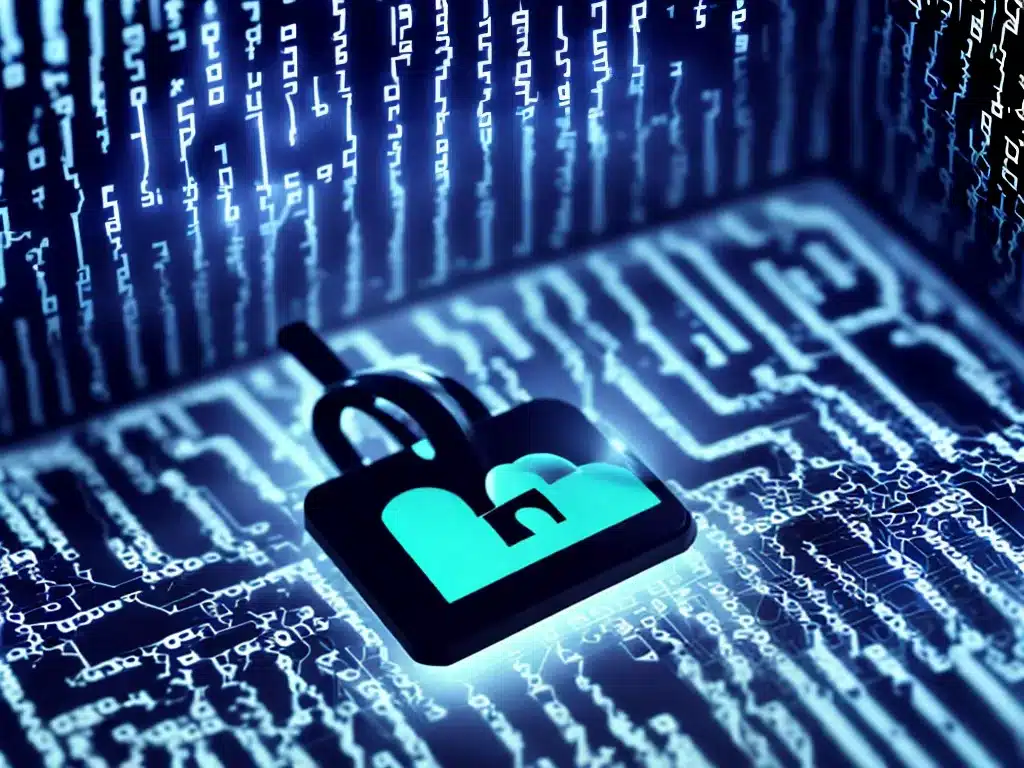Securing Your Identity in An Age of Data Breaches
Introduction
Identity theft and data breaches are a growing threat as more of our personal information is stored online. As an individual, it’s important to be proactive about protecting your identity and personal data. In this article, I will provide tips on how you can secure your identity in today’s digital age.
Monitor Your Accounts and Credit Reports
- Check your bank and credit card statements regularly for any suspicious activity or purchases you don’t recognize. Set up alerts for large purchases or balance transfers.
- Obtain your credit reports from Equifax, Experian and TransUnion once a year to check for errors or signs of fraud. Consider freezing your credit to prevent thieves from opening new accounts in your name.
- Review your medical bills and statements for accuracy. Report any services you did not receive. Your medical identity can also be targeted.
Monitoring your financial accounts and credit reports regularly is crucial for catching identity theft early. Credit freezes make it harder for thieves to open new accounts.
Protect Your Personal Information
- Be selective about sharing your personal details online, such as phone number, address and birthday. Avoid posting publicly on social media sites.
- Properly dispose of physical documents containing sensitive information instead of simply throwing them out. Use a cross-cut shredder.
- Limit the number of cards you carry with you day-to-day. Leave your Social Security card at home in a safe location.
- Do not give out personal details over the phone, through email or online unless you initiated the contact or are sure of the source.
Safeguarding your personal information limits what thieves can access and misuse. Only share details when required and with trusted, verified sources.
Use Strong, Unique Passwords
- Create long, complex passwords for all your online accounts. Consider using passphrases for greater security.
- Never reuse the same password across multiple sites. If one account is breached, it does not expose all your other accounts.
- Use a password manager such as LastPass or 1Password to generate and store unique passwords. Use two-factor authentication when available.
- Avoid using security questions with answers that could be found through social media or public records. Make the answers vague and unique.
Having distinct, strong passwords for each account protects you if any single service experiences a data breach. Password managers simplify password security. Enable two-factor authentication for another layer of protection.
Be Wary of Scams and Phishing
- Use caution with emails requesting personal information or login credentials, even if from a seemingly legitimate source. Verify by calling the company.
- Do not click links in emails or text messages you receive out of the blue. Navigate to sites manually in your browser.
- Ignore calls demanding immediate payment or asking for sensitive information. Scammers often pretend to be from government agencies.
- Only download apps and software from trusted, verified sources like the Apple App Store and Google Play Store.
Scams and phishing schemes try to trick you into giving up your personal details and money. Stay vigilant and think before providing information or clicking suspicious links.
Maintain Updated Software and Operating Systems
- Keep software and operating systems patched and up-to-date. Turn on automatic updates when possible.
- Use antivirus software and firewalls to detect malware and fend off attacks. Perform regular system scans.
- Avoid using public Wi-Fi networks for sensitive browsing. Use a virtual private network (VPN) to encrypt traffic.
- Disable features allowing remote access to devices when not needed. Configure screen lock timeouts to activate quickly.
Outdated, unpatched systems are vulnerable to exploits and malware allowing identity thieves access. Updated software, antivirus programs and encrypted networks keep devices and data secure.
Monitor Your Medical Identity
- Review medical bills and statements regularly for accuracy. Ensure you only pay for services received.
- Do not carry your Medicare card; provide it only to your healthcare providers. Make sure your number is not visible.
- Protect your health insurance card details. Report cards that are lost or stolen.
- Ask your doctor’s office about their privacy safeguards and how they secure medical records.
Your medical identity must be protected as strictly as your financial accounts. Review medical paperwork closely and limit access to healthcare cards and Medicare number.
Run Background Checks on Yourself
- Use online services to run background checks on yourself periodically. This can uncover signs of fraud.
- Search for your phone number, email address, and name online to see if anything concerning appears.
- Google your name and look for yourself on social media sites. Make profiles private or request removal of information.
Routinely searching for your details online can reveal if your identity is being misused. You can request data removal or limit sharing on many sites.
Understand Your Legal Protections
- Place fraud alerts on your credit reports if identity theft is suspected. This makes it harder for thieves to open new accounts.
- Federal laws entitle consumers to free credit reports annually from the major bureaus upon request.
- If you become an identity theft victim, report it to the FTC and file a police report. This helps clean up your credit reports and records.
- Consider identity theft insurance for rounding out your protections. Policies can offset out-of-pocket expenses.
Consumers have legal rights surrounding credit reports, fraud alerts, and identity theft victim assistance. Use all available protections by reporting suspicious activity and incidents promptly.
Conclusion
Safeguarding your identity requires being proactive about monitoring accounts, securing personal information, spotting scams and keeping devices updated. But even with precautions, identity theft can still occur. Learn how to respond if you do become a victim, and know your legal protections. Remaining vigilant, using common sense and utilizing available identity protection tools can help you reduce risks. Handle personal data carefully, and you can confidently use online services while avoiding compromise.













